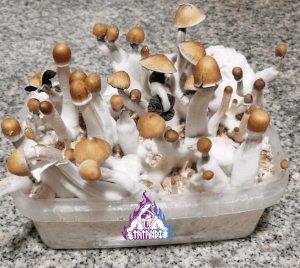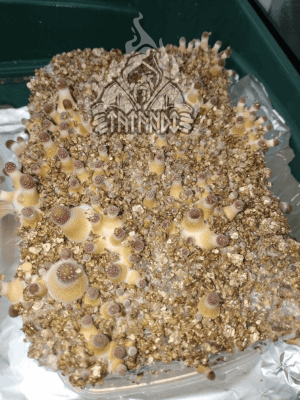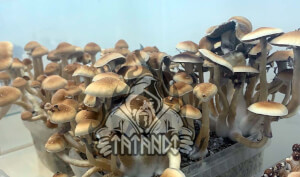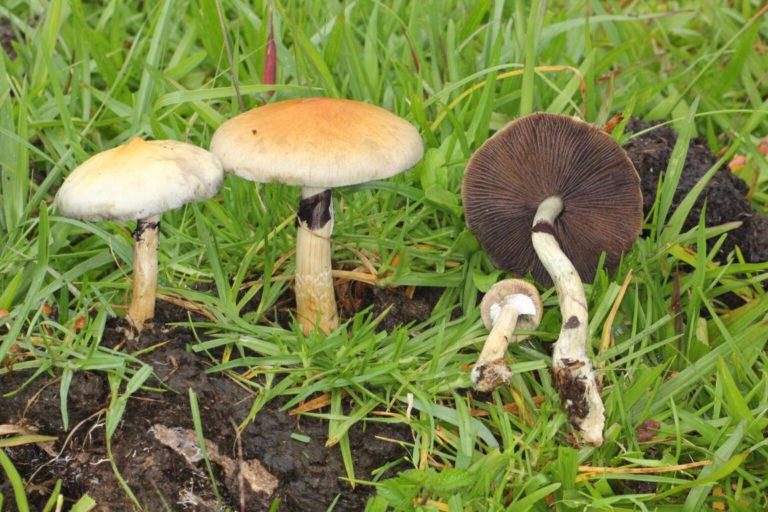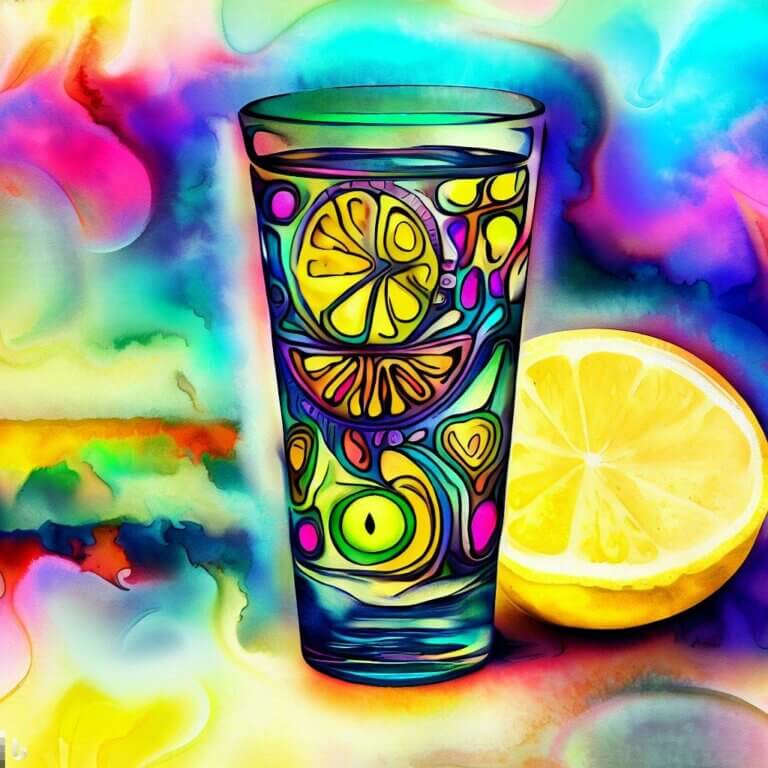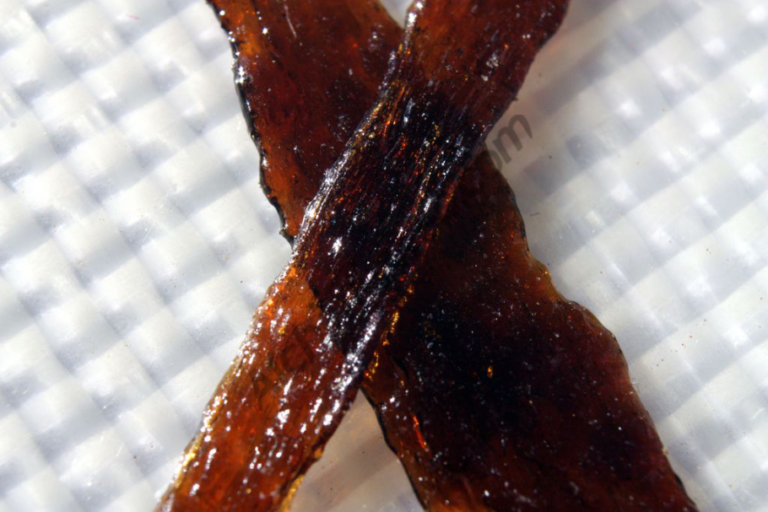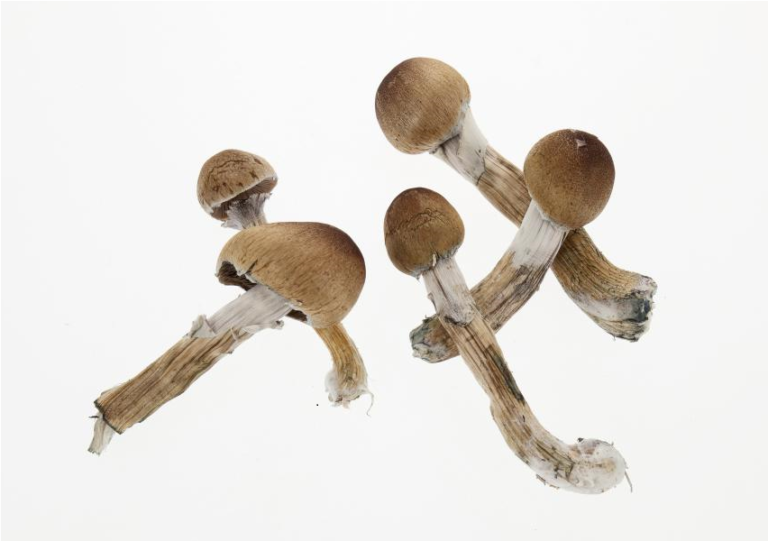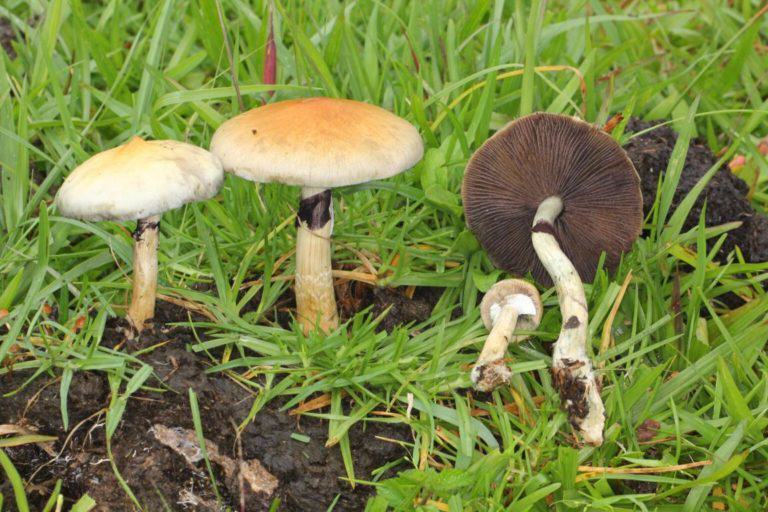Psilocybin Extractions
List of contents
Psilocybin, a psychoactive compound found in certain species of magic mushrooms, has attracted increasing interest in recent decades - and especially in recent years - due to its potential therapeutic benefits and its influence on human consciousness. Today we want to delve into the world of psilocybin extracts and tinctures, a form of presentation that has gained popularity in the scientific and wellness community thanks to its easy way of use and effectiveness.
From a few glimpses of its history to its application today, in this article we will explore how these concentrated psilocybin solutions are opening new doors in psychedelic research, mental health, and the expansion of consciousness. Furthermore, as you can see, there are different ways to make this type of psilocybin-rich preparation, so you are sure to find one that suits your needs!
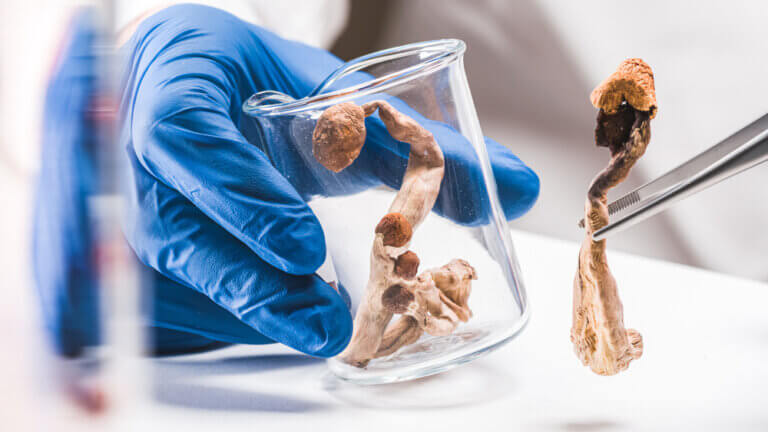
Evolution of psilocybin extractions
Isolating the active compounds of a plant to achieve a more powerful effect and easier dosage is something that has been done for a long time. However, today we will not talk about plant extractions but about mushrooms, a method thanks to which the psilocybin present in them can be extracted and obtain a concentrate that is much easier to administer and dose than the mushrooms themselves.
The history of psilocybin extractions dates back to indigenous cultures who have used psilocybin mushrooms for centuries in spiritual rituals and traditional ceremonies. Psilocybin mushrooms, which contain psilocybin and psilocin as their main psychoactive compounds, have been considered by many of these cultures as "sacred mushrooms" due to their psychedelic effects and their ability to induce spiritual experiences and connection with nature.
However, this process of psilocybin extraction, as we know it today, has largely evolved in the context of 20th-century scientific research and psychedelic exploration. Here are some important milestones in the history of psilocybin extractions:
- Early Scientific Research: Beginning in the 1950s, scientists such as Albert Hofmann, the discoverer of LSD, began researching and analyzing the psychoactive compounds in psilocybin mushrooms. This scientific work contributed to the understanding of psilocybin and its therapeutic potential.
- Development of extraction techniques: With the advancement of technology and chemistry, more precise techniques were developed for the extraction of psilocybin from mushrooms. This allowed the creation of more purified and concentrated psilocybin compounds.
- Therapeutic and spiritual use: During the 1960s, psychedelics, including psilocybin, gained popularity in the counterculture and were used in experimental therapies and spiritual experiences. However, in the 1970s, many of these substances became illegal in many countries, greatly limiting research.
- Research resurgence: In recent decades, there has been a resurgence in scientific research on psychedelics, including psilocybin. This has led to the development of safer and more controlled extraction protocols for clinical research, with results that today seem more than promising.
Psilocybin extractions allow this compound to be used in a more controlled and simple way, facilitating administration and dosage and also freeing the user from the bad taste and horrible texture of mushrooms.
Today, psilocybin extractions are used in medical research and psychedelic therapies under the supervision of mental health professionals, although some enthusiasts of this world not only grow their own mushrooms but also prepare their own extractions or psilocybin tinctures. They are also being explored to create more precise and dosed pharmaceutical products that may have therapeutic applications in the treatment of conditions such as depression, anxiety, and post-traumatic stress disorder (PTSD). As research continues, it is important to balance therapeutic potential with appropriate safety and regulation.
What is Psilocybin and what are its effects?
After decades of neglect, psilocybin is nowadays the subject of dozens of studies and clinical trials all over the world, showing especially promising results in the treatment of conditions like depression or anxiety. In addition to its well-known properties in recreational or spiritual contexts, the news regarding its possible medicinal properties further adds to the interest to this compound.
Psilocybin extractions at the pharmaceutical level
Thanks to the boom in research on these types of compounds, the extraction of psilocybin at a pharmaceutical level is today carried out with a high degree of precision and control to guarantee the purity and precise dosage of the psychoactive compound. While specific details may obviously vary by lab and process, here is an overview of how psilocybin extraction is carried out at the pharmaceutical level:
- Selection of psilocybin mushrooms: The process begins with the selection of high-quality psilocybin mushrooms that contain a significant amount of psilocybin. Different mushroom species can vary in their psilocybin content, so specific strains are chosen; Varieties such as White Rabbit, Penis Envy or Yeti may be ideal.
- Grinding: Selected mushrooms are ground into a fine paste to increase extraction efficiency.
- Chemical extraction: The mushroom paste undergoes chemical extraction using specific solvents, such as ethanol or isopropanol. These solvents dissolve psilocybin and other compounds in the mushroom.
- Filtration: The resulting mixture is filtered to remove any unwanted solid residue, leaving a liquid extract as a result composed of the alcohol and the extracted compounds.
- Evaporation: The liquid extract undergoes an evaporation process to remove the solvent. This leaves behind a more concentrated substance that, of course, still contains the psilocybin.
- Purification: The resulting product is further purified to remove impurities and other unwanted compounds. This may include methods such as chromatography or others.
- Dilution and dosage: Once the purified psilocybin has been obtained, it is precisely diluted in a suitable "vehicle" (such as distilled water) to achieve the desired dosage. This is crucial to ensure safety and accuracy in therapeutic use.
- Product Formulation: Purified and dosed psilocybin is used to manufacture pharmaceutical products, such as capsules, tablets, or liquid solutions. These products are packaged and labeled in accordance with pharmaceutical regulations.
Importantly, psilocybin extraction at the pharmaceutical level is done with a focus on the safety, precision, and quality of the final product. Additionally, the process is carried out in accordance with specific pharmaceutical regulations and quality standards to ensure the efficacy and safety of any psilocybin-containing product intended for medical or therapeutic use.
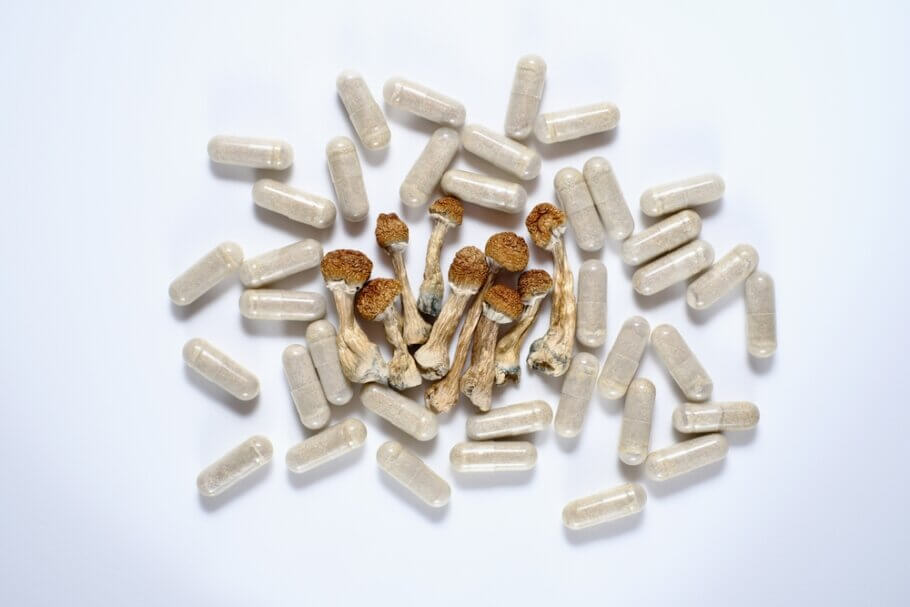
Solvents used for psilocybin extractions
As with cannabis resin extractions, where one can choose between several possible solvents to extract the active compounds, psilocybin extractions also usually use various solvents, mainly organic solvents that have the ability to dissolve the psychoactive compounds of psilocybin mushrooms. The most commonly used solvents in psilocybin extractions are the following:
- Ethanol (ethyl alcohol): Ethanol is one of the most common solvents in psilocybin (also cannabis) extractions. It is effective at dissolving psilocybin and other compounds and is considered safe when used correctly. After extraction, the ethanol can be evaporated to leave behind a more concentrated substance. To achieve better extraction, a mixture of water and alcohol is usually used.
- Isopropanol (isopropyl alcohol): Isopropanol is another solvent used in psilocybin extractions. Like ethanol, it can effectively dissolve the psychoactive compounds in psilocybin mushrooms and is safe when handled properly. However, ethanol is usually recommended due to toxicity issues.
- Methanol: Although less common than ethanol or isopropanol, methanol has also been used in some psilocybin extractions. However, it is considered more toxic and dangerous than the other solvents mentioned, so extreme caution should be taken when using it.
- Acetone: Acetone is another solvent that can dissolve psilocybin, but its use in psilocybin extractions is not as common as ethanol or isopropanol. Acetone is also considered toxic and highly flammable, so it should be used with caution.
- Water: Yes, given the polarity of the psilocybin molecule (cannabinoids are nonpolar), water can be used to dissolve the psilocybin and subsequently isolate it from the mixture with methods such as ultrasound.
- Lemon juice: As we already saw in our article on the Lemon Tek, more and more people are opting for this simple system to extract psilocybin from mushrooms and consume it without the drawbacks of its unpleasant texture and flavor.
We should mention here that, as with cannabis, the use of solvents in the extraction of psilocybin must be carried out with care and following proper safety practices. Additionally, any residual solvent must be completely removed from the final product to ensure it is safe for human consumption. Therefore, if you are interested in performing a psilocybin extraction, we recommend that you seek guidance and advice from experts in the field and try to follow all applicable regulations and standards. Among the solvents mentioned, we will always recommend using water, ethanol, or a mixture of both for your extractions, as well as lemon juice.
Lemon Tek
Today we present you with a paradigm shift in the way that magic mushrooms are consumed. Thanks to mixing lemon juice with Psilocybin, an easy and quick formula has been found to consume these mushrooms, in addition to generating a different experience from the ones you've had so far.
Psilocybin crystals?
Indeed, the appearance of pure psilocybin is translucent crystals that can take on three different shapes known as Hydrate A, Polymorph A, and Polymorph B depending on their crystalline structure. Thus, when you have an extract very rich in psilocybin, it is possible to carry out a series of steps to completely eliminate any other compound present and recrystallize the psilocybin. First, and after carrying out the extraction, it needs to be subjected to a chemical purification and column chromatography process to obtain psilocybin with a purity of 99%.
After that comes the last step, recrystallization, a process in which the solvent is completely removed in a supersaturated psilocybin solution. Psilocybin molecules then rearrange their chemical structure into a very characteristic crystalline pattern, with small "needles" protruding circularly from a crystal nucleus. Unfortunately, and as you may have already guessed, it is a complicated process, in which both laboratory material and extensive knowledge of chemistry are necessary to carry it out successfully.
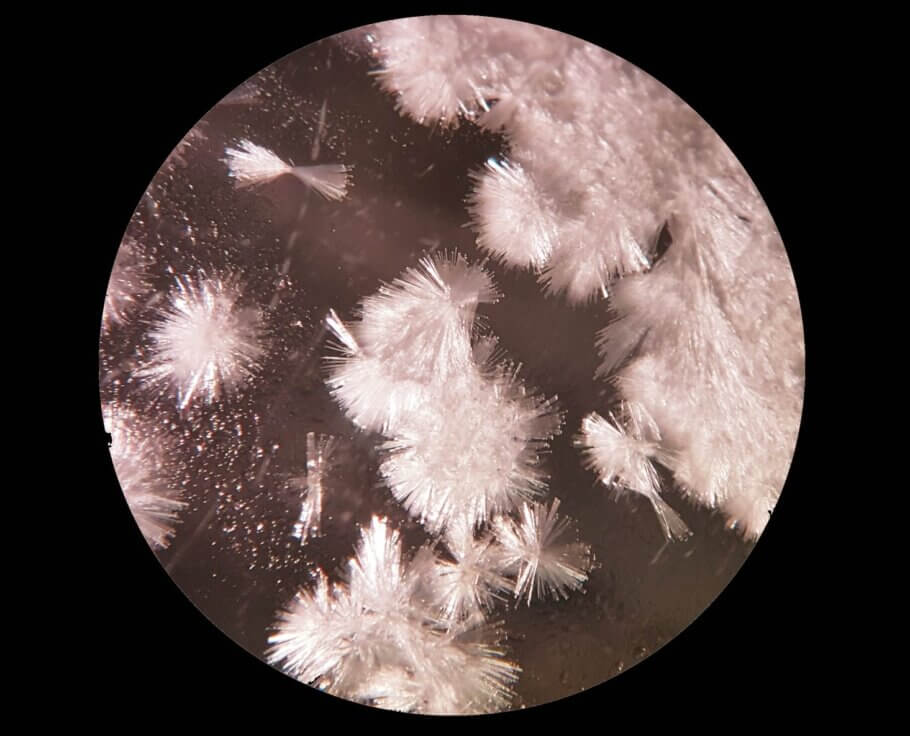
As you can see, the world of magic mushrooms also hides a whole underworld of extractions and concentrates, just as happens with the cannabis plant. In future posts, we will see in detail some home methods so that you can prepare your hallucinogenic or medicinal mushroom tinctures without so many complications. You will see that it is easier than it seems!
References:
- Psilocybin: crystal structure solutions enable phase analysis of prior art and recently patented examples, Alexander M. Sherwood, Robert B. Kargbo, Kristi W. Kaylo, Nicholas V. Cozzi, Poncho Meisenheimera, James A. Kadukd
- Extraction of psychoactive compounds from psychedelic fungus, Benjamin Lightburn, Ryan Moss, Lisa Ranken
- An aqueous-organic extraction method for the isolation and identification of psilocin from hallucinogenic mushrooms, J. F. Casale
- Ultrasonic Psilocybin Extraction from Mushrooms, Hielscher Ultrasonics
- Psilocybin Extraction: Challenges and Emerging Methods, Holland Green Science

















































